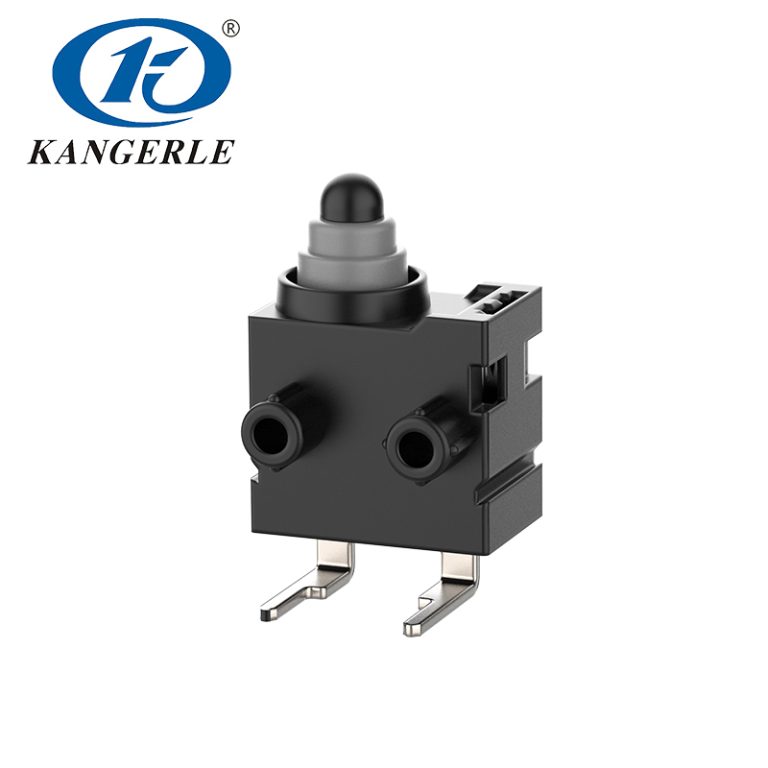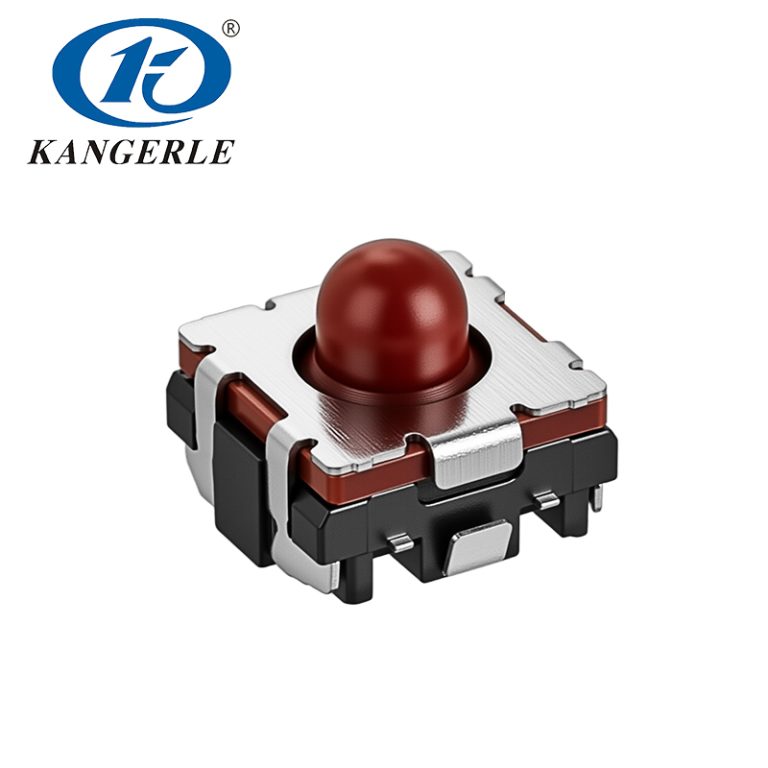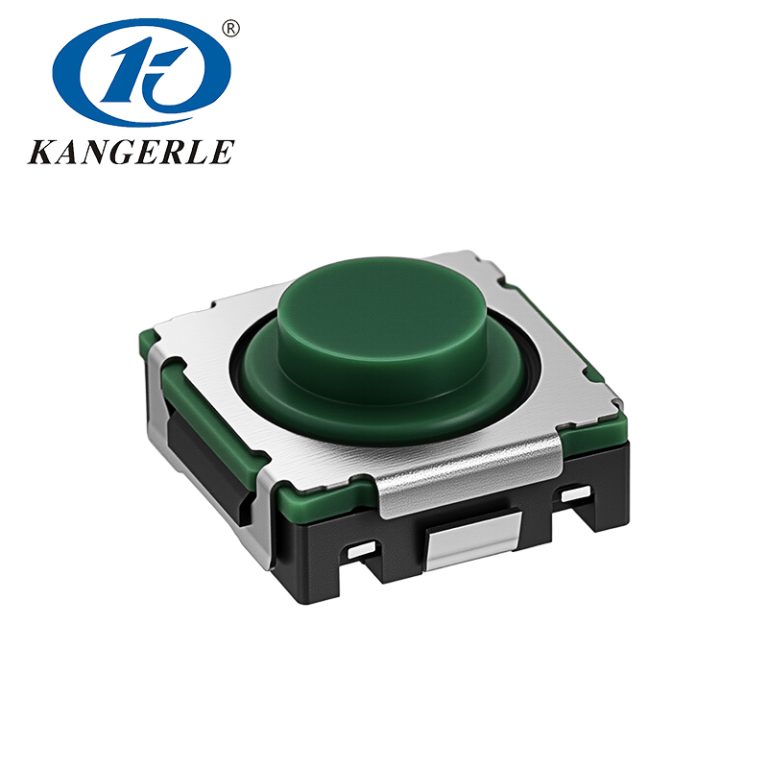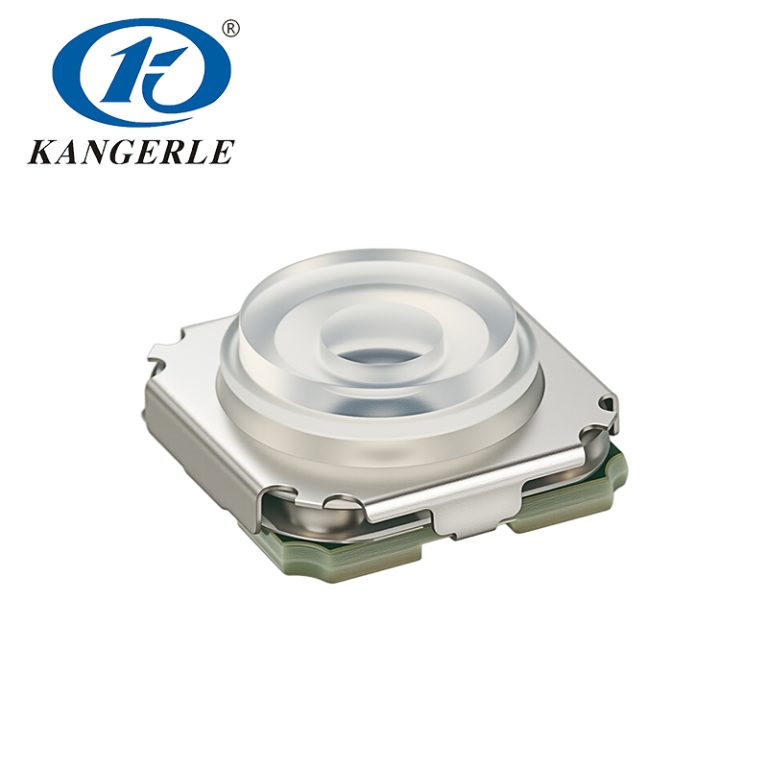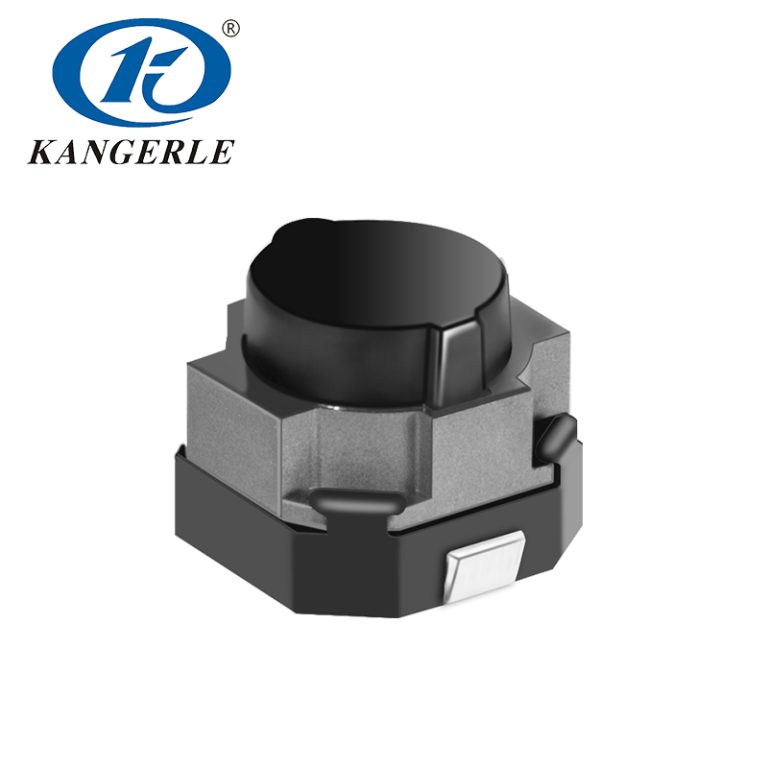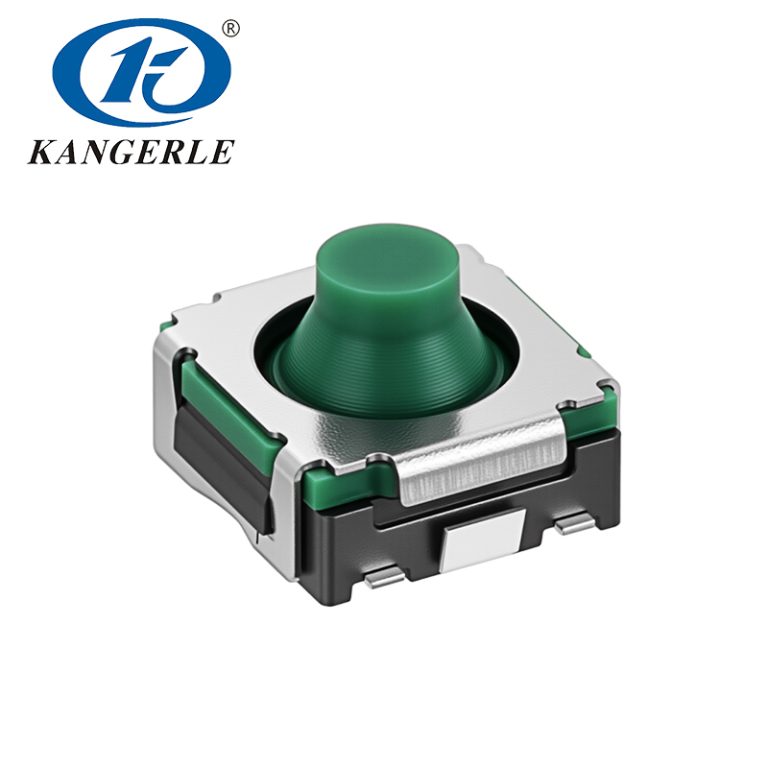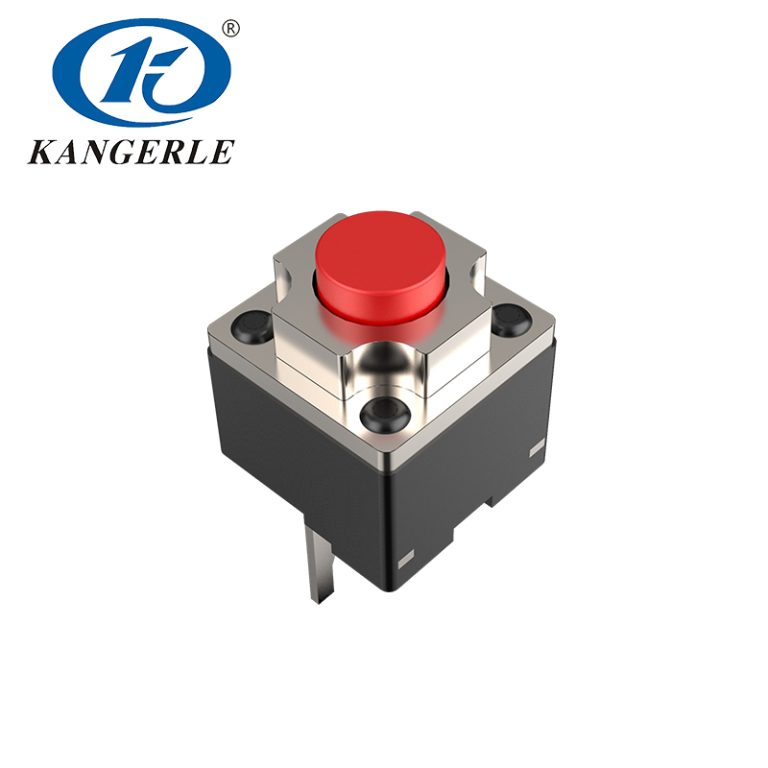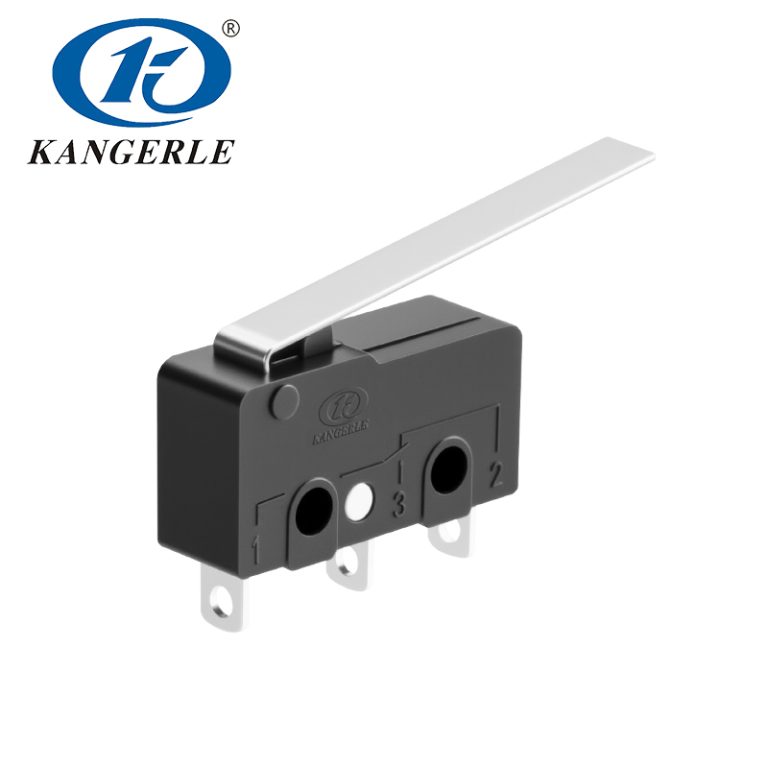
In today’s fast-moving, phone-focused world, staying connected is vital. A dead phone battery can ruin your day, whether you’re traveling, working, or running errands. Shared power banks offer a handy fix. They let you rent portable chargers anywhere. But what makes these devices so dependable and easy to use? The answer is a tiny but crucial part: the detector switch. This blog explains how shared power banks use detector switches to work smoothly. It highlights their role in automatic sensing, theft prevention, and other key tasks.
What Are Shared Power Banks?
Shared power banks are portable chargers you can rent. You find them at stations in places like airports, stores, or coffee shops. Users borrow a charger, power up their devices, and return it nearby. These systems need smart technology to run well. The detector switch is a big part of that.
Why Detector Switches Are Important
A detector switch is a small part that notices if something is there or not. In shared power banks, it senses when a charger is placed in or taken out of a station. This makes the system work smoothly. It also keeps things reliable for users.
How Detector Switches Enable Automatic Sensing
The main job of a detector switch in shared power banks is to sense the charger’s status instantly. Here’s how it happens:
Sensing When a Charger Is Placed
When you return a charger to a station, the detector switch feels it. The switch sits inside the docking slot. The charger’s placement activates it. This tells the system the charger is back. Then, the system starts recharging it for the next user. It also updates the app or station to show the charger is available.
Sensing When a Charger Is Taken
When you rent a charger, the detector switch notices it’s gone from the slot. This signals the system to record the rental in your account. It also turns on the charger for use. Plus, it updates the station to show one fewer charger is available.
Advantages of Automatic Sensing
Using detector switches in shared power banks brings many perks:
- Ease for Users: The system senses the charger automatically. You don’t need to confirm anything manually. This makes renting quick and simple.
- Better Operations: Stations track chargers in real-time. This reduces delays and keeps chargers ready.
- Accuracy: Detector switches prevent mistakes. For example, they stop the system from thinking a charger is there when it’s gone.
The Role of Detector Switches in Theft Prevention
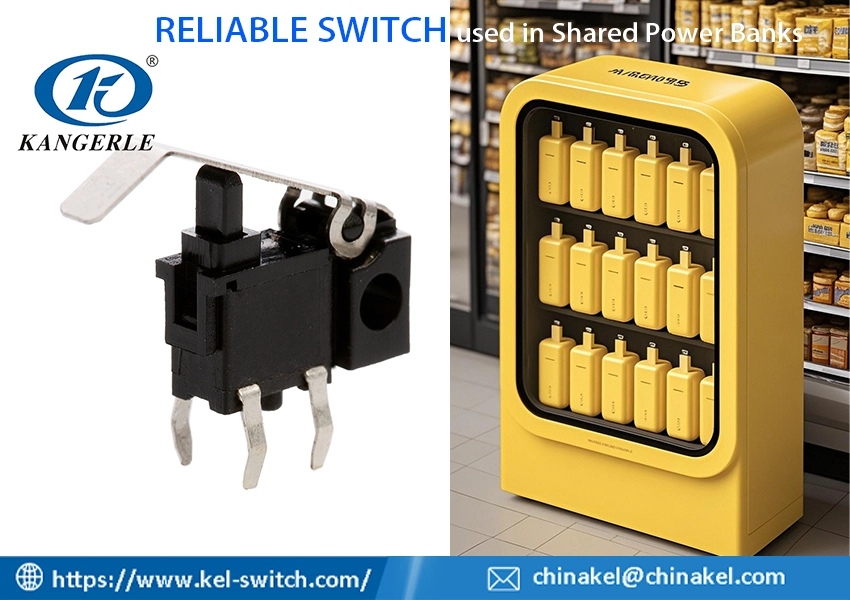
Detector switches also boost security. Theft is a worry for shared power bank operators. Chargers are small, easy to carry, and valuable. Detector switches help stop theft in these ways:
Locking System Control
Many stations use detector switches to manage locks. When you place a charger in the slot, the switch tells the system to lock it. This keeps the charger secure. It stays locked until someone rents it properly.
Spotting Tampering
Detector switches can sense odd movements. If someone tries to force a charger out, the switch notices. It alerts the system to possible tampering. The system might notify the operator. Or it could pause the station to stop further issues.
Working with Smart Technology
Modern shared power bank systems pair detector switches with smart tech. This lets operators monitor chargers in real-time. They can track devices and act fast if theft seems likely.
Other Key Roles of Detector Switches in Shared Power Banks
Detector switches do more than sense chargers. They help in several other ways:
Managing Power
Detector switches save energy in stations. When a charger is placed, the switch signals the system to start charging it. If no charger is there, the switch turns off the charging system. This cuts down on wasted power.
Giving User Feedback
Some systems use detector switches to guide users. For instance, when you place a charger correctly, the switch might trigger a green light. Or it could make a sound. This tells you the return worked.
Flagging Maintenance Needs
Detector switches can spot problems. If a switch doesn’t sense a charger or gives odd signals, it might mean the charger or station is faulty. This alerts the operator to fix it.
| Task | Role of Detector Switch | Benefit |
| Sensing Placement | Notices charger placement and updates status. | Keeps inventory accurate and starts charging. |
| Sensing Removal | Detects charger removal and starts rental. | Makes renting easy and updates availability. |
| Theft Prevention | Manages locks and spots tampering. | Increases security and lowers losses. |
| Power Management | Turns charging on or off based on charger presence. | Saves energy. |
| User Feedback | Triggers lights or sounds for correct placement or removal. | Builds user trust and satisfaction. |
Why Choose Top-Quality Detector Switches?
The success of shared power banks depends on their parts. Detector switches must be high-quality. Here’s why:
- Long-Lasting: Top switches handle millions of uses. They work well in busy places.
- Precise: Accurate sensing avoids errors. This keeps the system dependable.
- Customizable: Switches come in many types (e.g., KFC-W-07W detector switch). They fit different station designs.
- Tough: Some switches resist water and dust (e.g., KFC-V-105 Series detector switch). They work in harsh settings.
Check out more switch options in our detector switch category.
Technical Specifications of Detector Switches
Detector switches used in shared power banks are engineered for precision and durability. Here are the key parameters:
| Parameter | Specification |
| Rated Load | DC 30V, 0.1A |
| Electrical Life | ≥50,000 Cycles |
| Circuit | SPST-NO (Single Pole, Single Throw – Normally Open) |
| Operating Force | 30±20gf |
| Operating Temperature | -10°C to 60°C |
These specifications ensure that detector switches can handle the demands of frequent use in various environments, from bustling urban hubs to outdoor stations. Their compact size and low operating force make them ideal for integration into shared power bank systems.
KANGERLE: A Leading Supplier of Detector Switches
For top-notch detector switches, Zhejiang Kangerle Electronics Co., Ltd. is a trusted name. Started in the early 1990s in Wenzhou, China, Kangerle has over 30 years of experience. We make various electronic parts, including detector switches. Our 20,000-square-meter factory has over 10 automated lines. We hold certifications like ISO9001 and IATF16949. Our switches meet global standards (UL, TUV, CE, RoHS). Kangerle focuses on innovation and offers full OEM/ODM services. This makes them a top choice for shared power bank makers. Visit kel-switch.com to learn more.
FAQs About Shared Power Banks with Detector Switches
Q1. What is a detector switch in a shared power bank?
A1. A detector switch is a small part. It senses if a charger is placed or removed from a station. This helps the system update automatically.
Q2. How does a detector switch make renting easier?
A2. The detector switch in shared power banks senses the charger instantly. It cuts out manual steps. It also gives feedback, like lights or sounds, to guide users.
Q3. Can detector switches stop charger theft?
A3. Yes, detector switches improve security. They control locks to keep chargers safe. They also spot tampering and alert operators.
Q4. Do detector switches help with anything else?
A4. Yes, they save power by controlling charging. They give user feedback. They also flag issues for maintenance. This makes the system more efficient.
Take the Next Step with Kangerle
Want to improve your shared power bank systems? Kangerle offers reliable, customizable detector switches. Visit our contact page to request samples, datasheets, or talk to our team. Power up your business with Kangerle’s smart solutions today!

